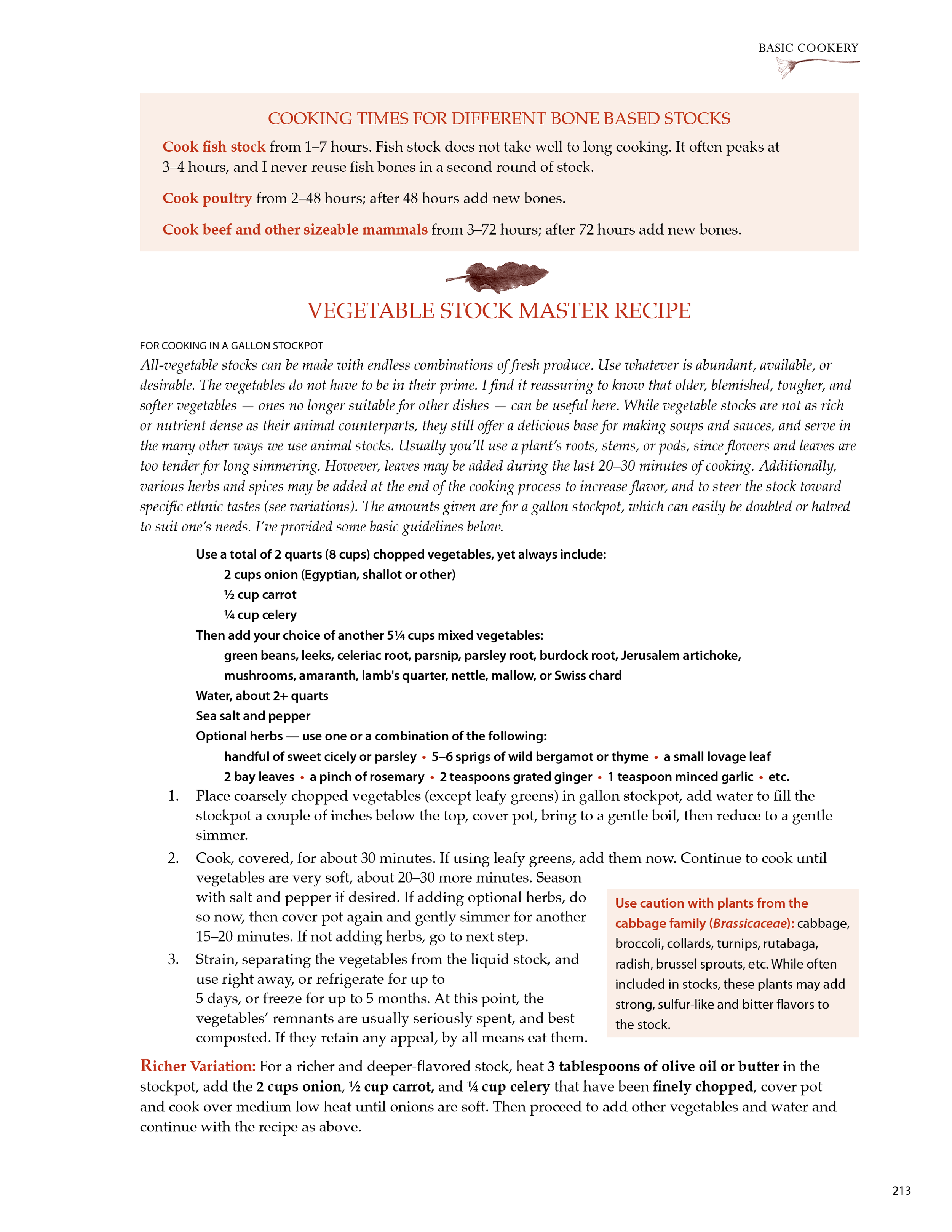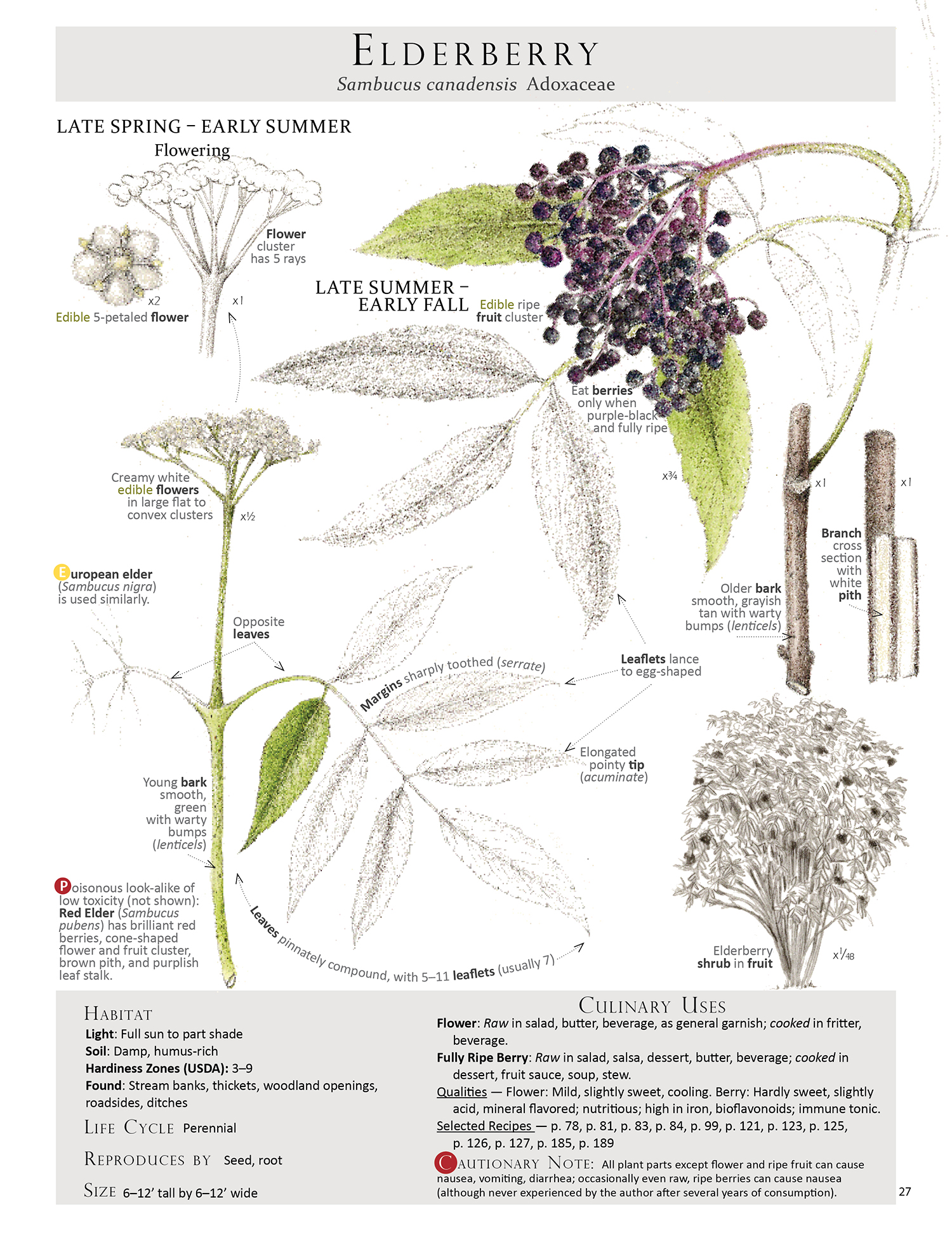The making of a seriously decadent and tasty treat, featuring hazelnuts, or other wild nut of choice, and organic chocolate. Aniseeds lend a delicate flavor to the deep rich, fudge-like cookie — wild fennel seeds or green sweet cicely seeds can be used instead. This flour-less recipe can be made with delicious, luscious coconut oil rather than butter, if desired.
Thank you to The Village Tea Room for the recipe inspiration.
The cookie ingredients.
Gently melting the butter and chocolate in a hot water bath — home-rigged double boiler (aka baine marie). Gentle means the heat of the water isn't touching the vessel that the butter and chocolate are in. Also keep water out of the vessel or textural issues ensue.
The cookie dough, well mixed and ready for scooping onto the baking sheet.
Cookie dough scooped from a tablespoon onto the cookie sheet.
After baking, cookies are removed from the baking sheet with a spatula and left to cool on racks.
The result: a pile of cookies that will disappear faster than lightening!
Recipe:
- 2 oz (4 tablespoons) grass-fed butter or virgin coconut oil
- 3/4 cup Sucanat or granular maple sugar
- 2 free range fertile eggs
- 1 teaspoon homemade vanilla extract
- 8 oz bittersweet organic chocolate* chunks, dollops, or chips (to be melted)
- 2 tablespoons organic cocoa powder
- 1/4 teaspoon sea salt, finely ground
- 7 oz bittersweet organic chocolate* chunks, dollops, or chips, chopped (not melted)
- 2 cups chopped* hazelnut (preferably soaked and dried) or other nut of choice — I have used coconut, walnuts, cashew, green pumpkin seeds, almonds, singly or combined. FYI, coconut is does not need soaking and drying.
- 2 tablespoons aniseed (or sweet cicely seed), freshly ground
*Chocolate note: I suggest using 65-70% chocolate so it's more chocolate and less sweet. On a more extreme taste note, for those of us, like myself, who are eating very low sweet / starch, I have been known to use an organic 100% chocolate chip that produces a more intense, somewhat bitter cookie (this extreme not recommended for the average palate).
*The nuts need to be chopped / crushed into moderate size particles, so not finely ground, but not too coarsely chopped either. If making with coconut, use the shredded unsweetened dried version, not the larger flakes. If still not clear, let me know.
- Gently melt the 8 oz bittersweet chocolate chunks and butter in a hot water bath. Stir well and cool the mixture to room temperature.
- Meanwhile beat eggs, Sucanat and vanilla in large bowl with a mixer until well incorporated and fluffy, about 2 minutes.
- Add the chocolate-butter mixture to egg mixture and beat until well combined.
- In medium sized-bowl, mix the remaining dry ingredients: cocoa powder, sea salt, 7 oz chopped chocolate chunks, chopped nuts, and aniseed. Add to the egg/chocolate mixture and mix well.
- Scoop cookie dough with a tablespoon onto an un-greased cookie sheet.
- Bake at 350 for 9 minutes.
- Remove cookies from baking sheet with a spatula and cool on wire racks.
- Once fully cooled, store in tightly lidded containers in a cool place.
Makes 26 cookies










































